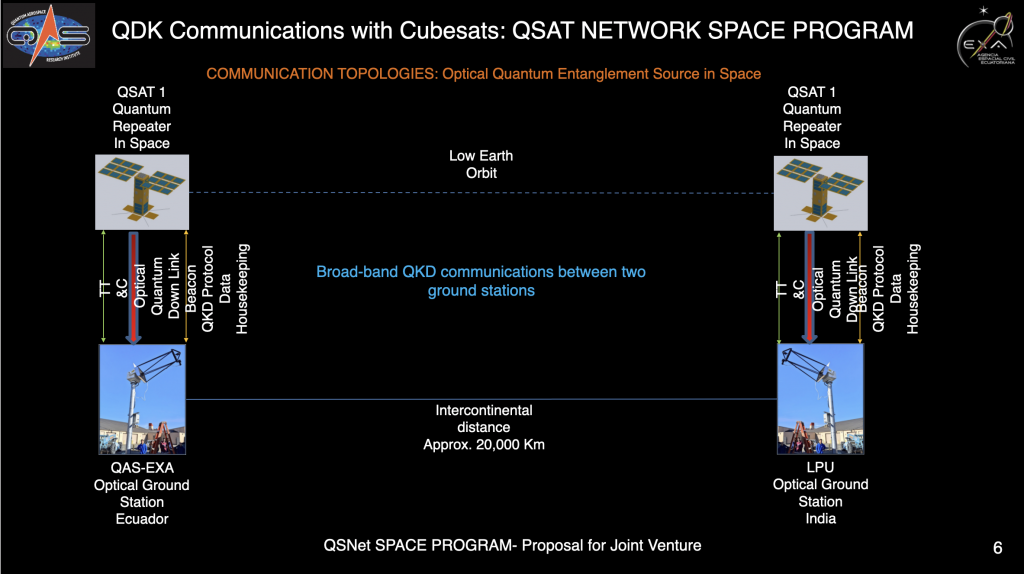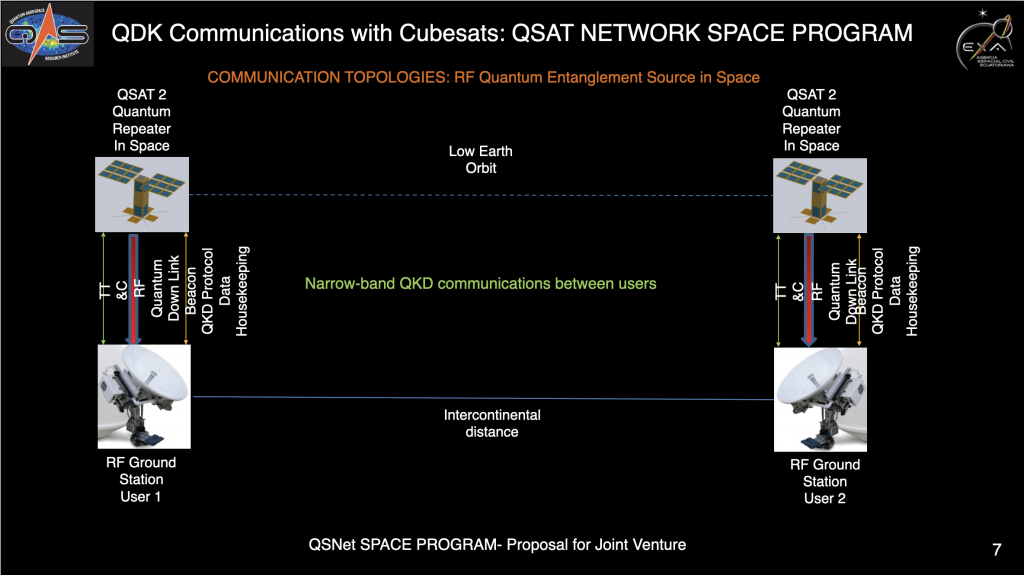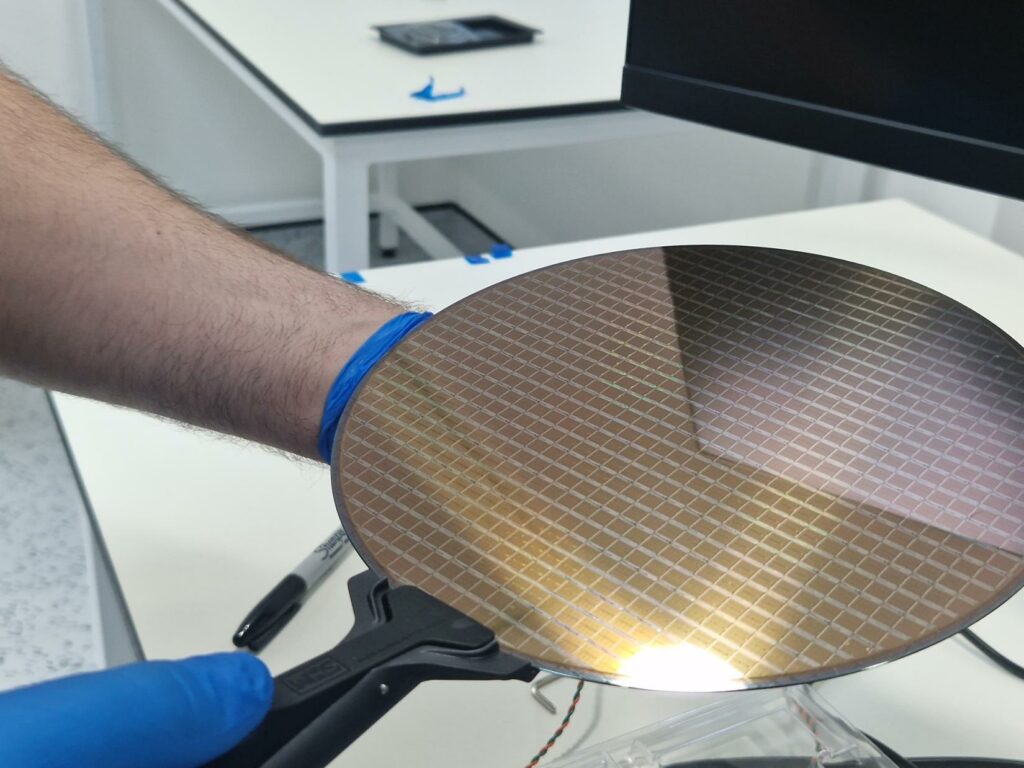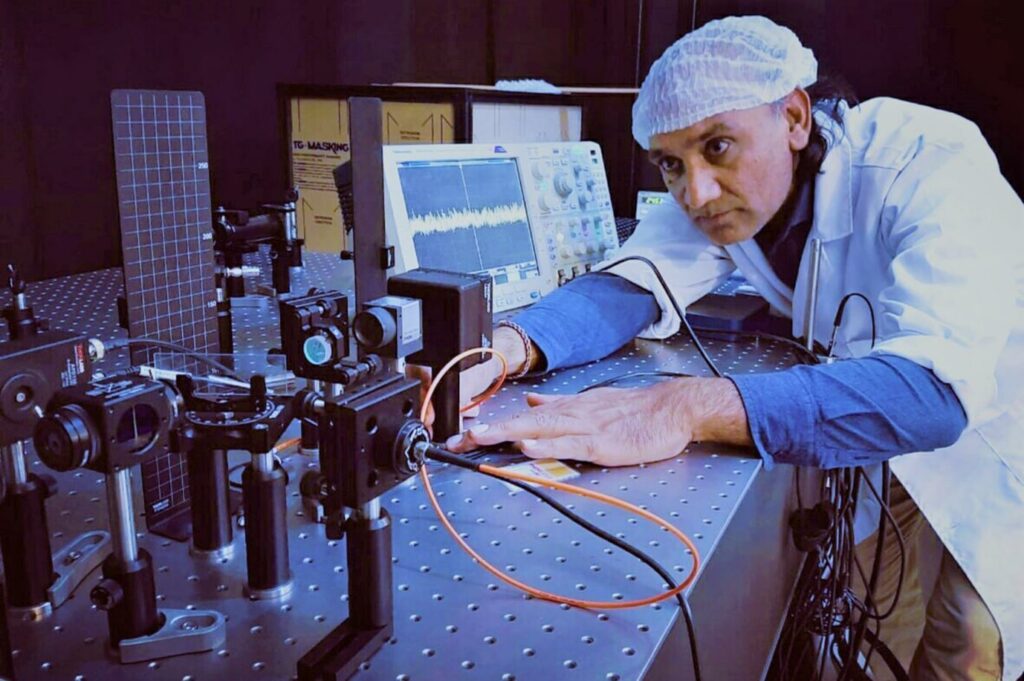
Tucked in the far northwest of South America, entrepreneurial engineers and scientists in Ecuador are on a historic course. This course is different. It does not involve racing to quantum supremacy or colossal budgets. By staying nimble and agile to leverage local knowledge, expertise, and technologies developed in Ecuador and with partners in Latin America, it is a gradual and unwavering course to enter the big leagues of cybersecurity with quantum-based communications in space.
Jaime Jaramillo is the Space Operations Deputy Director of the Agencia Espacial Civil Ecuatoriana – EXA (Ecuadorian Civil Space Agency) with headquarters in Guayaquil, and the CEO of the Quantum Aerospace Research Institute – QAS with its base in Quito. Since 2013, QAS has been one of the research spin offs of EXA. With the vision that quantum technology is an inflection point in our society, QAS dedicates exclusively to research custom payload configurations and to develop quantum technologies for the space industry. With a total full-time team of 10 staff in Ecuador, the projects at QAS expand on the successes of Ecuador’s / EXA’s first cubesat missions to space, the NEE-01 Pegaso and NEE-02 Krysaor. Staff expertise tends to overlap between QAS and EXA.
I had written about EXA’s ongoing and previous space missions. As a private, non-governmental entity, EXA and QAS keep efficiency, excellence, and affordability as core values. By building high-tech for space efficiently and affordably, EXA and QAS work towards the democratization of space technologies in developing countries.
QAS and EXA first published and presented their proposal for a QSAT Network Space Program at the 2017 First IAA Latin American Symposium on Small Satellites: Advanced Technologies and Distributed Systems in Buenos Aires, Argentina. The proposal addresses the need for a global and secure quantum internet featuring the quantum key distribution technique (QKD) in space.
The QSAT Network differs from existing space missions such as the Chinese QUESS and the Canadian QEYSSat, given their proposed overall architecture with quantum cubesats – QSats. The QSAT Network conceptualizes cubesats as mobile quantum repeaters with quantum memories in space. The miniature mobile quantum repeaters add, store, and forward capabilities to the source of quantum entanglement in each cubesat of the network. This approach helps avoid signal loss and can scale to longer distances. It also leverages previous cubesat indigenous technologies developed by EXA. The dimensions of one QSat include a standard 3U cubesat of 10x10x30 cm3 with six 3U solar panels.

The QSAT Network proposal also conceptualizes additional innovations: radio-frequency for the quantum channel. At a reduced budget, the usage of radio-frequency can make quantum technology more accessible to the end-users, which would normally require high-ticket telescopes. The QSAT mission includes an Optical Ground Station for broadband applications.


As previously reported in TQD, the world’s quantum photon entanglement record from space established by the Chinese is over a distance of 1,200km. The Chinese also maintain the global record linking quantum memories via fiber optic cable (roughly more than 50km). With sights of possibly beating the world record, the QSAT Network proposal locates Ground Station 1 in Ecuador as the first station and an intercontinental partner for the second ground station. The QSAT would transmit an entangled quantum photon from Ground Station 1 to Ground Station 2.
Jaime and I connected this month to discuss the updates and progress in their work. Born and raised in the city of Loja in the south of Ecuador, Jaime explained the following:
“We have made great advances in R&D so far in the experimental tests in our labs. We leveraged affordable tech for quantum repeaters and memories in the payload configurations. The next steps include high-altitude drone tests. We will also be consolidating the international alliances and additional funds required for the proof of concept satellite mission tentative for 2022.
A quantum repeater in space is the quest for the holy grail for quantum technologies. From our perspective, the most feasible approach to achieve global QKD is with quantum cubesats. An affordable space-based approach could be a cornerstone for a global quantum internet for the next generations. However, the challenge of the broader conversation about QKD is that few people understand it. Also, it’s relatively focalized to just a couple of institutions with big budgets.”
Jaime’s point is thought-provoking in many respects. It hints at the silos of innovation that permeate the industry of quantum technology, as in the broader space economy as well.
“At QAS and EXA we have had to adapt to the circumstances because we do not receive state funds. One of our constraints in our projects has been the budget. We have had to innovate given these constraints. A highly-skilled workforce at QAS and EXA has made this possible. We have been able to navigate these constraints thanks to human talent.”
I was interested to hear about his life path. The vision to undertake quantum research in Latin America is prescient. Jaime added:
“Since my childhood, there were two major interests for me: physics and space. After finishing my degree in Telecommunications Engineering, I started working at EXA in 2010. This was an amazing step in the right direction towards space science in my own country. I was fortunate to be in the place that I had to be because quantum communications are the perfect mix between physics, space, and telecommunications.”
I’m looking forward to seeing how engineers and scientists across the world succeed with proof of concept missions for a quantum-based communications network in space. In Ecuador and Latin America, this initiative is advancing well. QAS and EXA have been steadily spearheading the efforts. If scalability, affordability, and excellence are paramount to international private-public ventures, a global quantum internet might be a reality in our lifetime.
//
The artwork at the top banner is an interpretation of the movement of particles at the smaller levels. This piece is courtesy of Fernando Lazzari. Born and raised in Argentina, Lazzari is a groundbreaking Creative Director, Motion Designer, and Founder of Popscience Studio in London, UK.
If you found this article to be informative, you can explore more current quantum news here, exclusives, interviews, and podcasts.


















